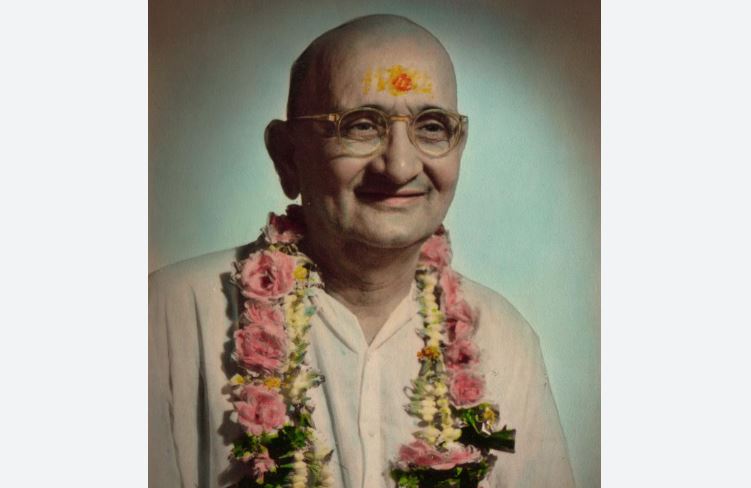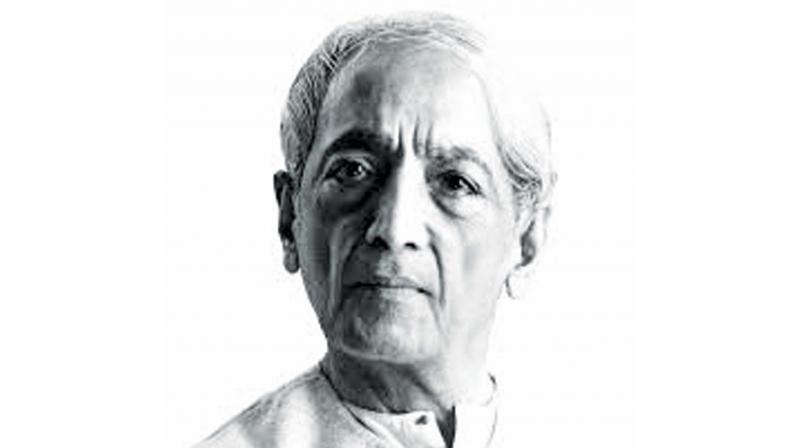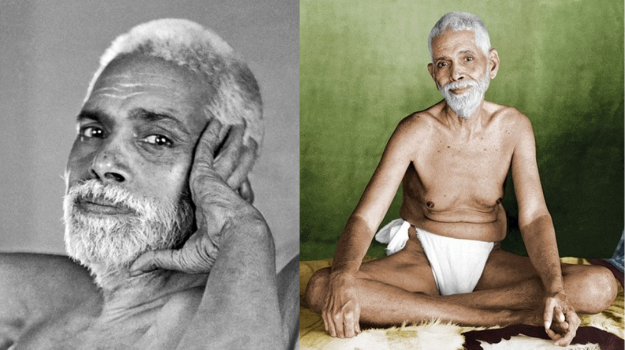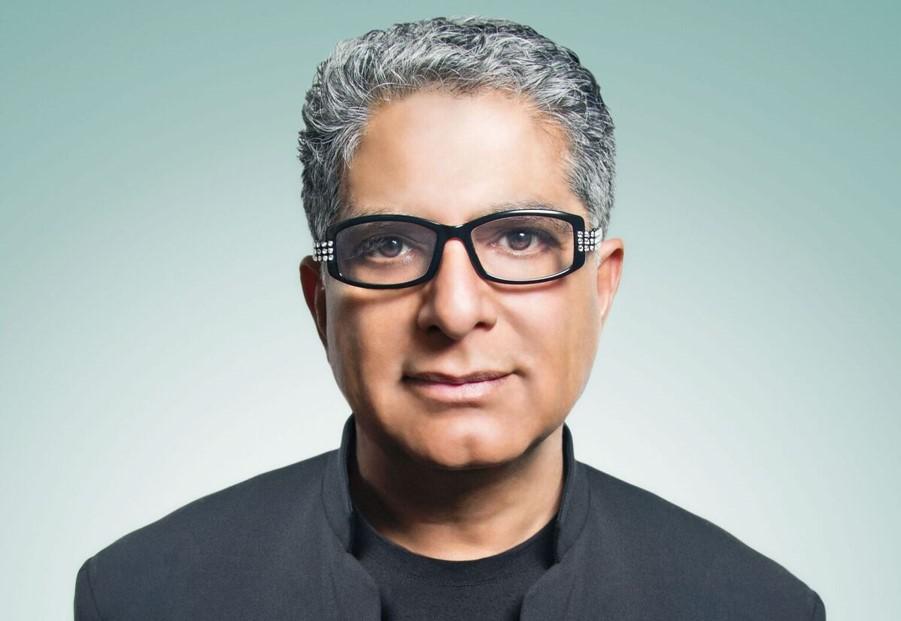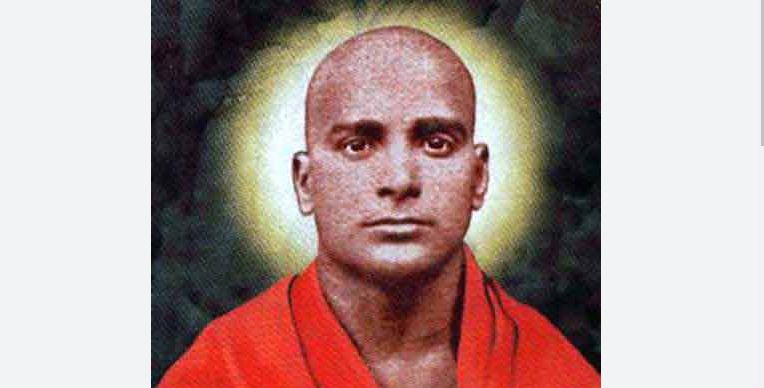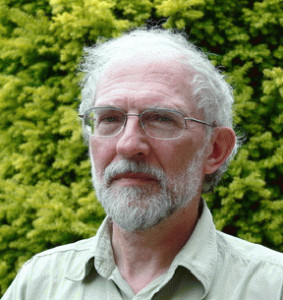 Swamiji said “Give me a piece of paper from your pad.” The journalist obliged. He turned to the table at his right and deftly began to fold and refold the paper.
Swamiji said “Give me a piece of paper from your pad.” The journalist obliged. He turned to the table at his right and deftly began to fold and refold the paper.
After a few moments, he turned back and, before she had had time to see what he had done, he held the paper aloft and launched it into the air. It rose quickly and circled gracefully around the room before losing momentum and diving to meet a sudden end when its pointed nose hit a sauce bottle on the dining table. “Could you bring it back over here do you think?” he asked.
“So, what would you say that we have here?” he asked, as she handed it back to him.
“It’s a paper aeroplane,” she replied, with just a hint of questioning in her voice, since the answer was so obvious that she felt he must have some other purpose in mind.
“Really?” he responded and, in an instant, he screwed up the object and, with a practiced, over-arm movement, threw it effortlessly in a wide arc, from which it landed just short of the waste paper basket in the corner of the room. “And now?” he asked.
“It’s a screwed-up ball of paper”, she said, without any doubt in her voice this time.
“Could you bring it back again, please”, he continued. She did so, wondering if this was typical of such an interview.
He took the ball and carefully unfolded it, spread it out on the table and smoothed his hand over it a few times before handing it back to her. “And now it is just a sheet of paper again,” he said, “although I’m afraid it’s a bit crumpled now!”
He looked around the room and, after a moment, removed a rose from a vase standing in the alcove and asked her, “What is this?” “It’s a flower,” she replied.
He then deliberately took one of the petals between his right-hand thumb and fore-finger and plucked it. He looked at her and said, “And now?”
She didn’t reply, though it seemed that this time he didn’t really expect an answer. He continued to remove the petals one by one until none remained, looking up at her after each action.
Finally, he pulled the remaining parts of the flower head off the stem and dropped them onto the floor, leaving the bare stalk, which he held out to her. “Where is the flower now?” he asked. Receiving no reply, he bent down and picked up all of the petals, eventually displaying them in his open hand. “Is this a flower?” he asked.
She shook her head slowly. “It was a flower only when all of the petals and the other bits were all attached to the stem.”
“Good!” he said, appreciatively. “Flower is the name that we give to that particular arrangement of all of the parts.
Once we have separated it into its component parts, the flower ceases to exist. But was there ever an actual, separate thing called ‘flower’? All of the material that constituted the original form is still here in these parts in my hand.
“The paper aeroplane is an even simpler example. There never was an aeroplane was there? There was only ever paper. I folded it in various ways so that it took on an aerodynamic shape which could fly through the air slowly.
The name that we give to that form is ‘aeroplane’. When I screwed it up, the ball-shape could be thrown more accurately. ‘Aeroplane’ and ‘ball’ were names relating to particular forms of the paper but at all times, all that ever actually existed was paper.
“Now, this sort of analysis applies to every ‘thing’ that you care to think of.
Excerpted from endless-satsang.com. Briton Dennis Waite is one of the fundamental architects of Nonduality on the Internet
Dennis Waite

